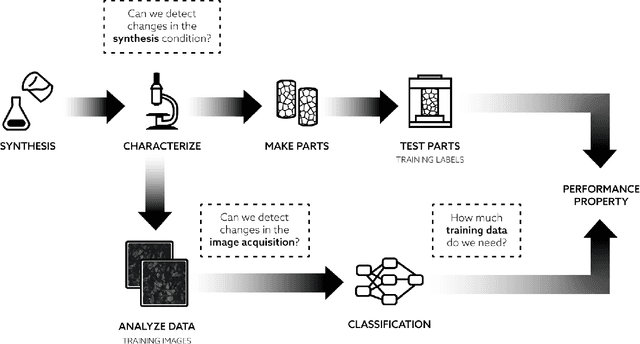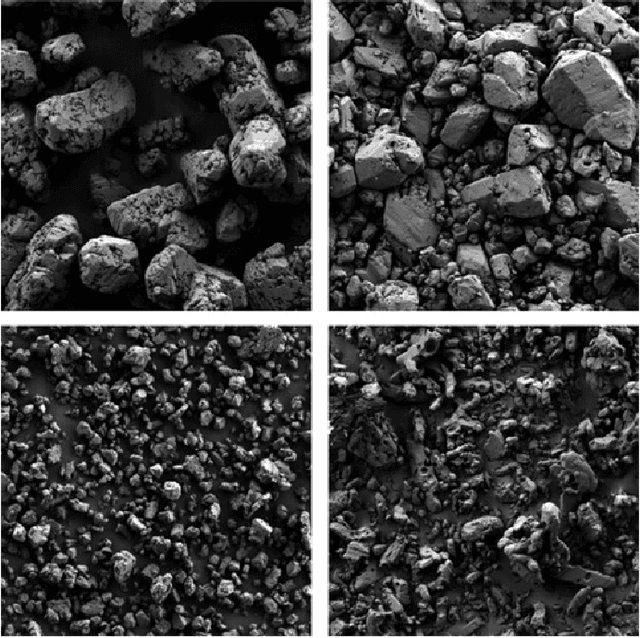Leveraging Uncertainty from Deep Learning for Trustworthy Materials Discovery Workflows
Paper and Code
Dec 02, 2020



In this paper, we leverage predictive uncertainty of deep neural networks to answer challenging questions material scientists usually encounter in deep learning based materials applications workflows. First, we show that by leveraging predictive uncertainty, a user can determine the required training data set size necessary to achieve a certain classification accuracy. Next, we propose uncertainty guided decision referral to detect and refrain from making decisions on confusing samples. Finally, we show that predictive uncertainty can also be used to detect out-of-distribution test samples. We find that this scheme is accurate enough to detect a wide range of real-world shifts in data, such as changes in the image acquisition conditions or changes in the synthesis conditions. Using microstructure information from scanning electron microscope images as an example use case, we show that leveraging uncertainty-aware deep learning can significantly improve both the performance (up to 3% increase in accuracy) and the dependability (ECE reduction up to 3.5 times) of classification models.
 Add to Chrome
Add to Chrome Add to Firefox
Add to Firefox Add to Edge
Add to Edge